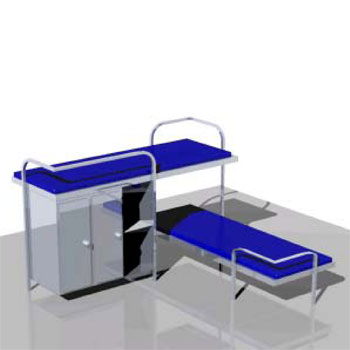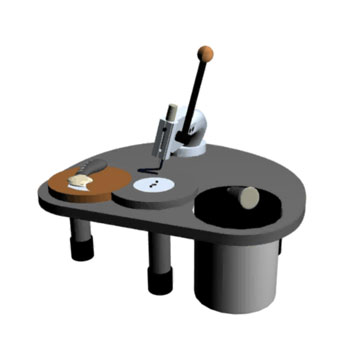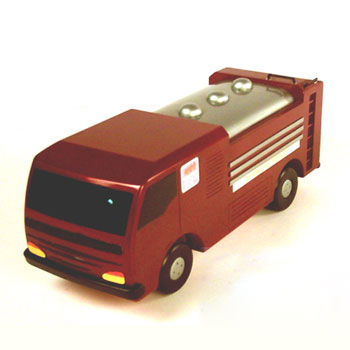One of the simplest and most common observations about designing is that it includes the three essential stages of analysis, synthesis, and evaluation. These can be described in simple words as ‘breaking the problem into pieces’, ‘putting the pieces together in a new way', and ‘testing to discover the consequences of putting the new arrangement into practice’. These three stages are named divergence and convergence. Divergence: This term refers to the act of extending the boundary of a design situation so as to have a large enough, and fruitful enough, search space in which to seek a solution. It may be useful to think of divergent search as testing for stability, or instability, in everything connected with the problem; an attempt to discover what, in the hierarchy of community values, systems, products, and components, is susceptible to change and what are to be regarded as fixed points of reference. The aim of the designer is to avoid, as far as they can, imposing a premature pattern upon what they discover. Convergence: The last of three stages is that which, traditionally, is nearly the whole of designing but which, under the impact of design automation, may eventually become the bit that people do not do. It is the stage after the problem has been defined, the variables have been identified, and the objectives have been agreed. The designers aim becomes that of reducing the secondary uncertainties progressively until only one of many possible alternative designs is left as the final solution to be lunched into the world.




